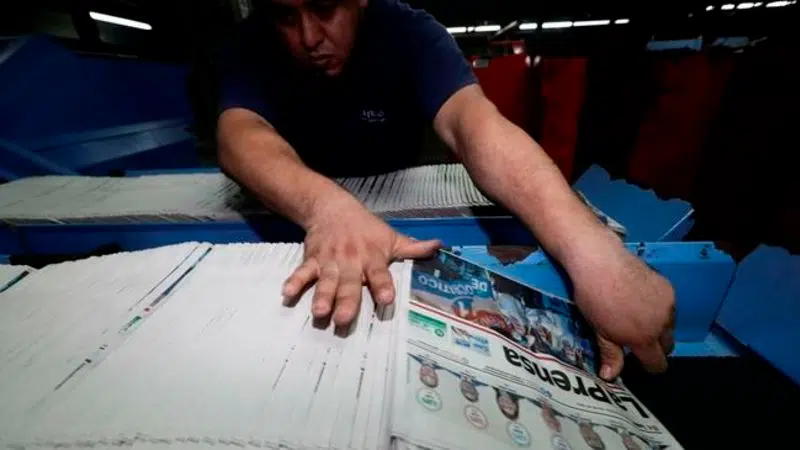
Cortizo declared winner in Panama president race
PANAMA CITY — Panama’s Electoral Court has declared opposition candidate Laurentino Cortizo the winner of the country’s presidential elections.
The court said Cortizo of the Democratic Revolutionary Party won 33%, with 95% of votes counted from Sunday’s vote.
It said Cortizo, a cattle rancher, will formally be named president-elect on Thursday.

